Say hello to Raphael Tobar aka Genoma, a digital animal artist who uses Filter Forge for automation tasks and post-processing. He considers himself a Modernist in a most classical sense and prefers to work in a low poly style. Let's dive into his workflow!

Raphael Tobar
– How long have you been using Filter Forge?
I ran into Filter Forge when I was studying Graphic Design back in 2012.
– What did you need it for at the beginning?
I needed to use all the tools I could find to do well in my output and found the website. At the time, my first impression was the egg filter (showing it sunny side up) and it impressed me by how realistic it was. During this time I was learning 3D modelling techniques and eventually was able to use it for a project in 2014 called "Ancestor." The brush strokes in that piece were automated with the Bomber operation and had the strokes rotate based off of the light and dark areas of the image. It was superimposed and layered with other brush strokes eventually giving it a gritty, painterly feel.

Ancestor
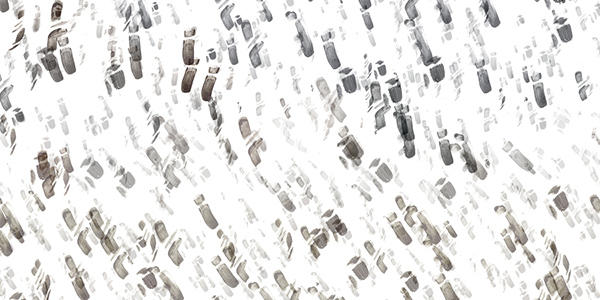
Bomber detail
I've also used Filter Forge for 3D texturing purposes. For example, when I originally did the pelt for the cheetah model, I made it by hand but it looked so sloppy it required an overhaul. I decided to use the Bomber operation to clean up the spots. It turned out much more appealing.
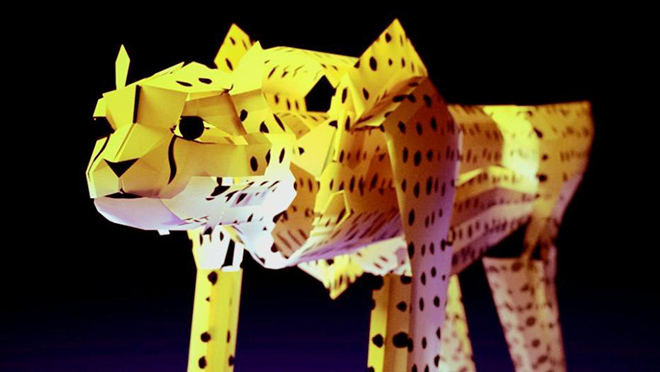
Cheetah 3D model

New spots for Cheetah
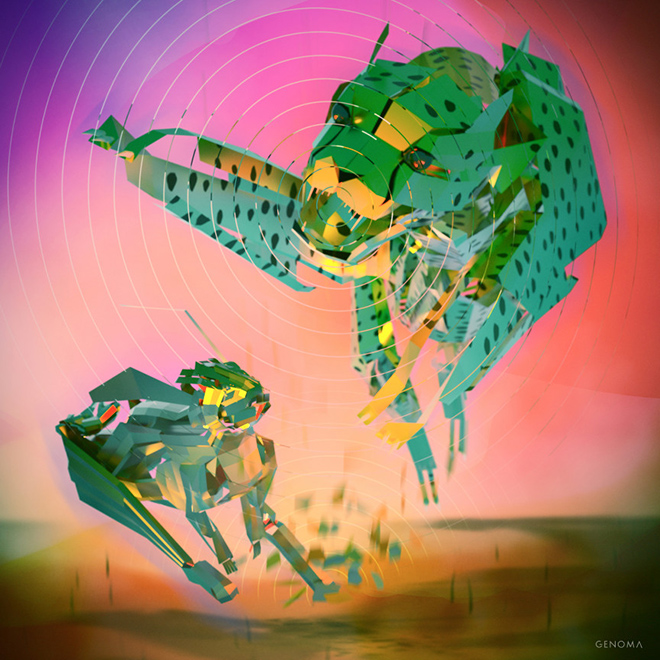
Neighborhood II (Rabbit Chased By A Cheetah)
– And how do you use it now? What are your favorite filters?
At this time I'm using the "Point and Shoot" filter as a post-processing finish and it completely changes the tone of my work. A more complicated version of "Point and Shoot" is the "Toy Cam" filter which was used for the fish pieces. That particular filter has light leaking and it was perfect for the fish pieces since the environment was supposed to be underwater.
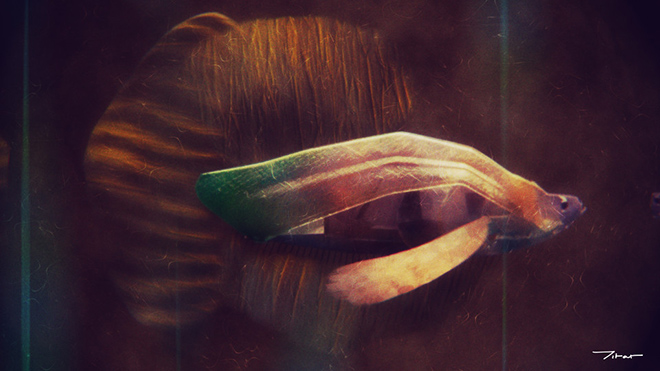


Fish 3D model for the "Postmodern Myth" scene
When I have a chance to use Filter Forge it increases the overall look of my work.

Hummingbird 3D model for the "Neighborhood I" project
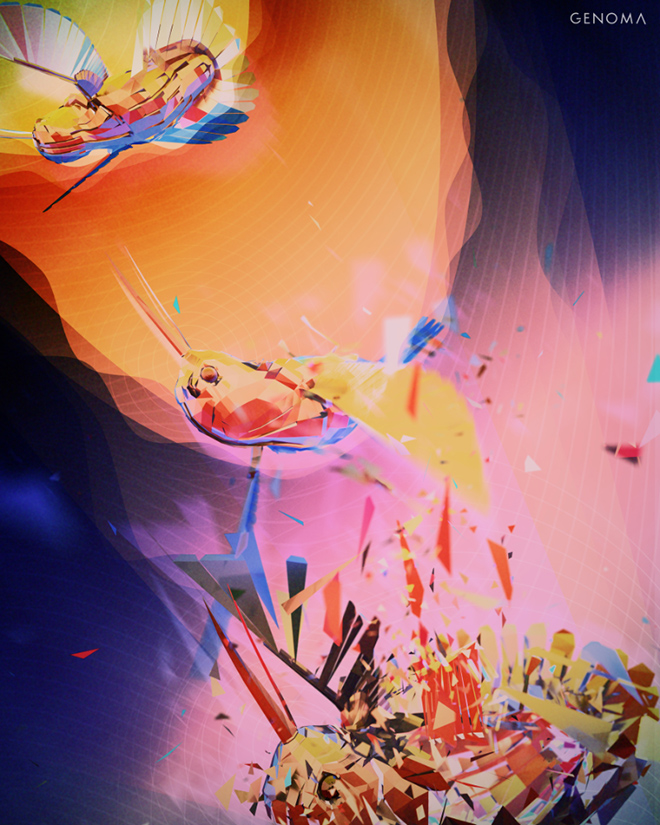
Neighborhood I (Hummingbird Colliding Against A Surface)
– Have you ever submitted your own filters to the Library? If yes, which ones?
I wanted to create a painterly filter but it was so un-optimized and memory intensive I abstained from publishing it. It was using high-resolution images of scanned brush strokes so that would've been something I could've made lighter. I initially tested it out on a jellyfish model I made and had some tweaks but eventually used it for personal use. Maybe in the future I'll get back to submitting one.

Filter tweaks on a jellyfish 3D model
– What filters and features are you missing in Filter Forge?
I once asked for PBR support on the forums to compete with Substance Designer and the team delivered on an equivalent workflow. But GPU acceleration would be very nice to handle computationally intensive filters. GPU cards are now so fast and affordable it would speed up loading times. This is especially true when I work on images that are about 30 inches or more in printing resolution.
Thank you for the story, Raphael!
Find out more about Raphael Tobar and his art on his Instagram account.